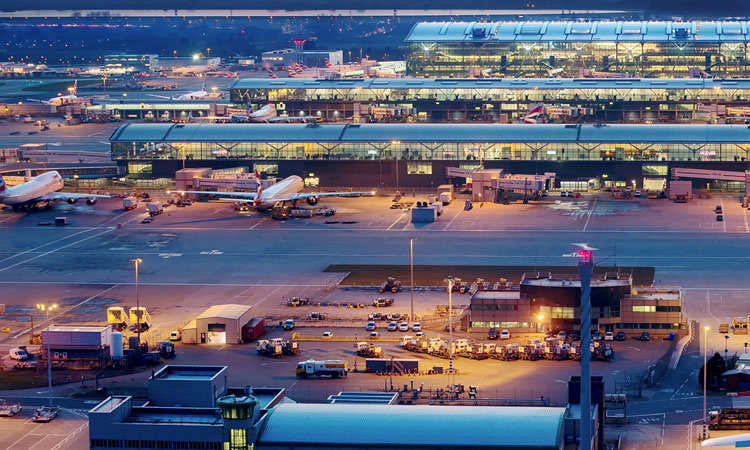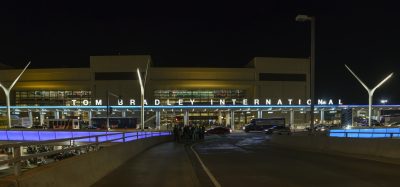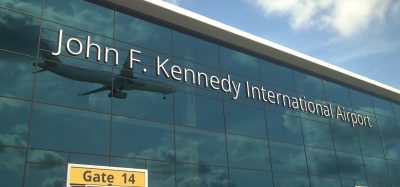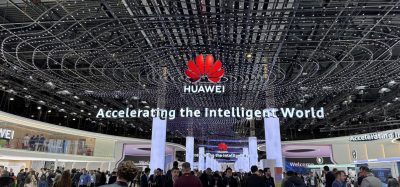Embracing artificial intelligence at Heathrow Airport
- Like
- Digg
- Del
- Tumblr
- VKontakte
- Buffer
- Love This
- Odnoklassniki
- Meneame
- Blogger
- Amazon
- Yahoo Mail
- Gmail
- AOL
- Newsvine
- HackerNews
- Evernote
- MySpace
- Mail.ru
- Viadeo
- Line
- Comments
- Yummly
- SMS
- Viber
- Telegram
- Subscribe
- Skype
- Facebook Messenger
- Kakao
- LiveJournal
- Yammer
- Edgar
- Fintel
- Mix
- Instapaper
- Copy Link
Posted: 3 June 2020 | Steve Armitage - Heathrow Airport | 1 comment
Steve Armitage, Head of Innovation and Intelligent Automation at Heathrow Airport, discusses the implementation of artificial intelligence at the airport, along with the benefits, challenges and opportunities it brings.


Please can you give us an overview of how AI is being used at Heathrow?
Artificial intelligence (AI) is an all-encompassing technology term which covers the many dimensions of using data systems to imitate human intelligence.
Heathrow has already begun exploring how this technology can be used to help refine passenger forecasts at our capacity-constrained airport, which currently operates at 99 per cent of its capacity. During 2019, we began working with NATS to trial whether or not AI could be used to help reduce the delays caused by low visibility. During low visibility procedures, air traffic controllers are forced to rely on radar to know if an arriving aircraft has left the runway, giving extra time between each landing for safety. The result has a knock-on impact on airfield punctuality, which can create delays for passengers and even affect the wider airport network. By using ultra HD 4K cameras and state-of-the-art advanced machine learning technology, we are now exploring whether this can help boost punctuality for passengers and reduce late runners for local residents.
Trials are also underway to collect data from camera feeds and sensors on aircraft stands and use this information to make aircraft turnaround processes more efficient, subsequently reducing delays for passengers. Moving forward, we will also be using this technology to underpin the expanded airport, future-proofing Heathrow for years to come.
Later in 2020, we will see how to incorporate the use of AI to supplement existing security technologies and enhance our already robust procedures to detect items of concern as passengers pass through security.
Are there any other existing technologies that could do this for you? If so, why did you choose AI?
We’ve chosen to use AI for this as it gives us a deeper insight into our data in comparison to traditional technologies. This includes, but is not limited to, the current ‘flow’ of passengers, bags and aircraft in the airport, meaning our teams are well equipped to proactively provide our passengers with the best airport experience. It also has the potential to free up the human expertise, allowing our colleagues to provide additional customer service to passengers who really need it.
What is the biggest challenge when deploying AI?
AI is only as reliable as the data that it uses, so our first challenge is gathering that data, ensuring that there is enough of it and that it is high quality. We work with over 400 companies, so it can be tricky to get access to siloed datasets, access the relevant third-party information, ensure that all datasets needed are uniform or train computers to learn something which isn’t yet digitalised, like aircraft turnaround. After overcoming these, we need to make sure that the data is being interpreted correctly. This is where advanced machine learning and AI can be utilised.
What risks derive from collecting and analysing AI-sourced data?
We need to make sure that any data we process is safe, secure and GDPR compliant. This means, like with all our security systems, investing in the very latest state-of-the-art cyber-defences to protect this data. We take security very seriously and will never compromise on our defences. We are also very conscious of the ethics surrounding the use of AI and understand that, when we’re using AI to drive decision making within a highly regulated, complex, capacity-constrained environment, there is very little margin for error. We must also ensure alignment with our corporate purpose and values. That is why we make absolutely sure that the technology is trialled, measured, fit for purpose and delivering tangible results before incorporating it into our operation. Heathrow is a very diverse operation in terms of both our passengers and colleagues, so any data we gather or use must be reflective of that wider context too.
Are staff and passengers wary of AI?
Our passengers are keen for anything which will make their journey through the airport as smooth as possible, and our teams work hard to facilitate this. Both groups are very welcoming of technology which helps to streamline the experience. Whether it is increased punctuality from AI technology in the tower, which could help to reduce delays, or more accurate passenger forecasts that will help predict when our security lanes will be at their busiest, the technologies benefit both passengers and colleagues equally.
Do you believe AI will gain traction within the industry and become as big a disruptor as biometrics have been?
The purposeful and ethical use of AI has the potential to transform our industry and solve a number of business challenges in a way that hasn’t previously been possible. The more efficient operation of our airport benefits passengers, airlines, colleagues and local communities. Our capacity constraints have driven this innovation and creativity in our organisation, putting us at the forefront of this technology. As with the use of any technology, we are monitoring how others are using it and the wider societal reaction to it.
This is just the start, and we’re looking forward to working with all of our stakeholders to realise its full potential. Being on this journey already puts the airport in a very good position.




















Would the use of thermal imaging cameras provide better data if the current issues are with times when visibility is poor and an optical camera, even high definition cannot “see”?